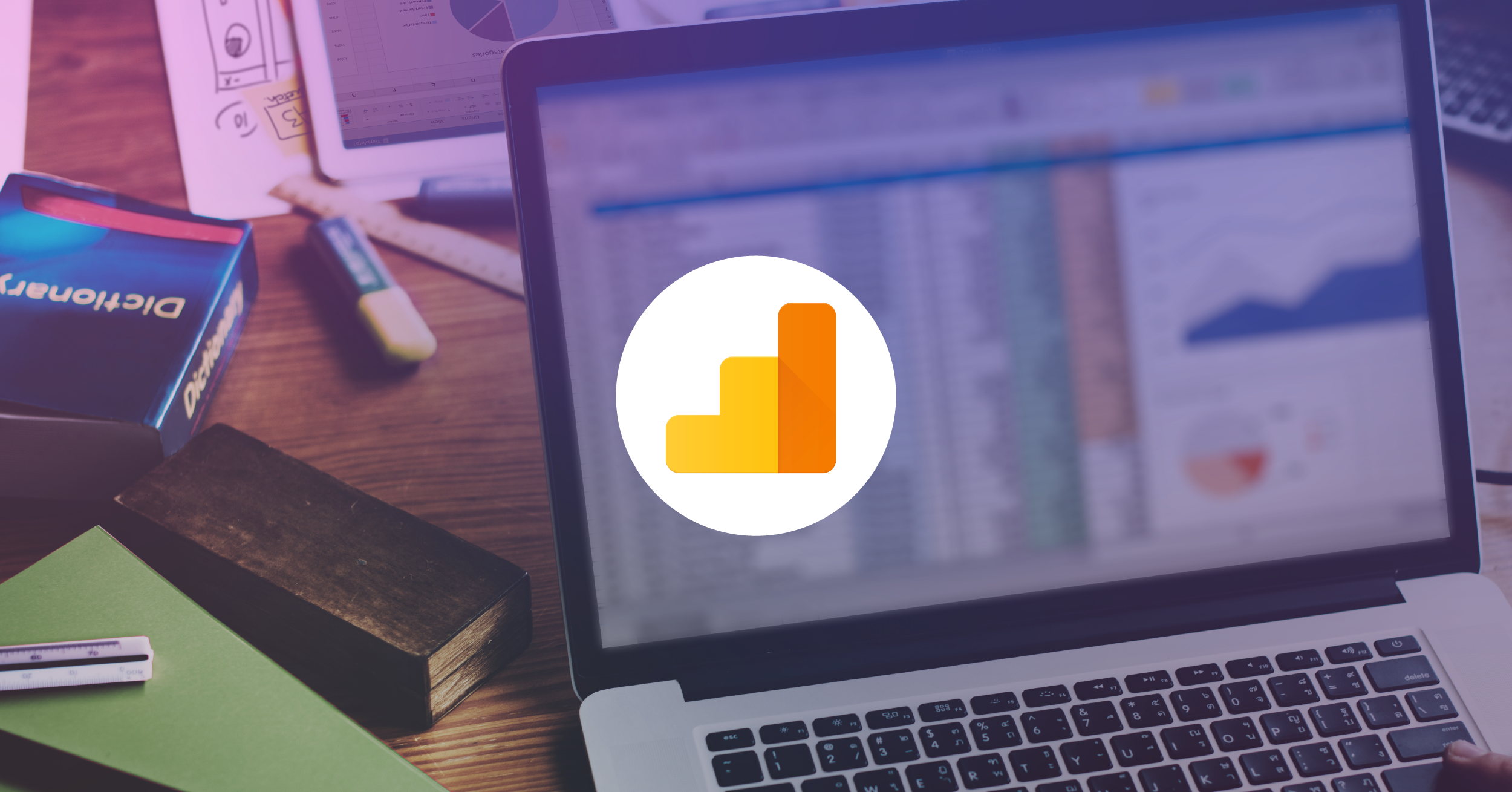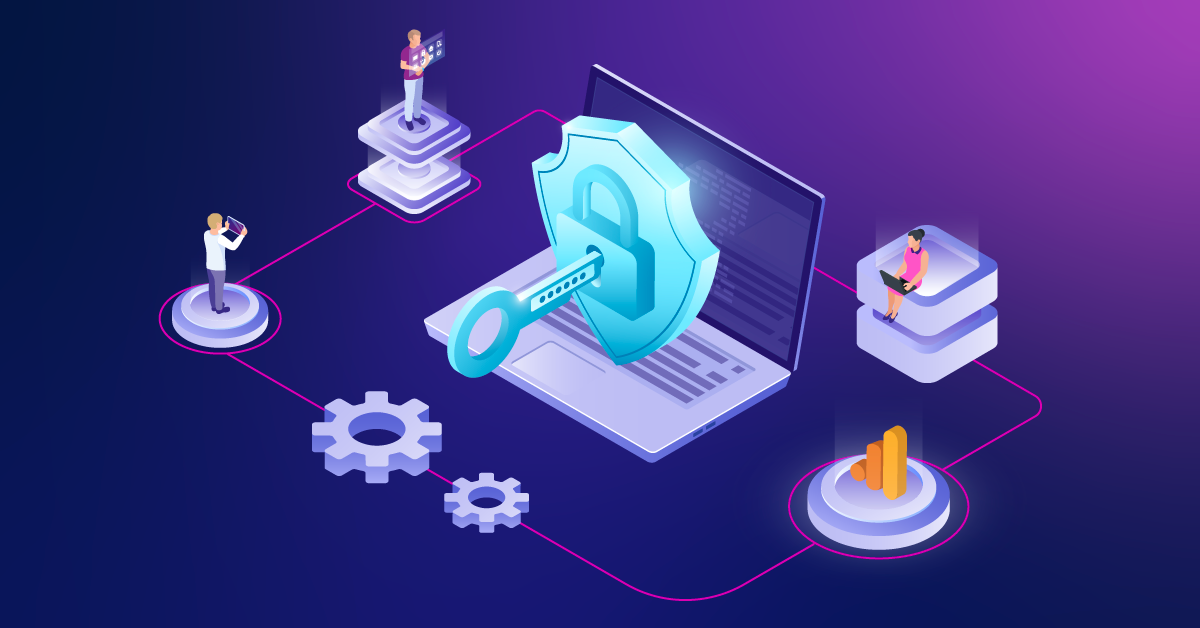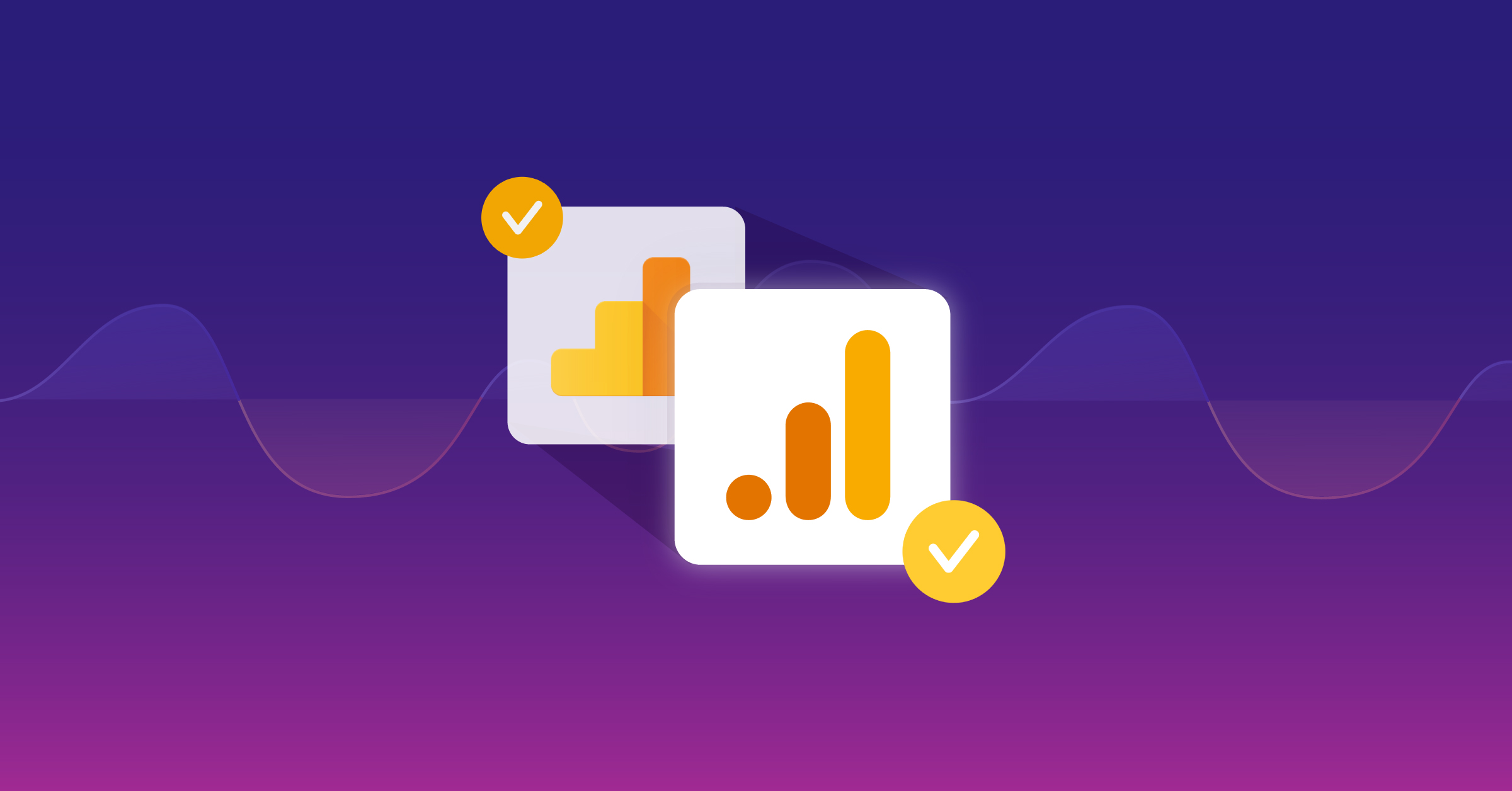LunaTV Ep. 6 ‑ Google Analytics ‑ Seeing Pages Before Conversion, Tracking User W/ Many Devices
This week’s topic is Google Analytics. In this episode we answer:
– How can I view the pages that a conversion was viewing leading up to a purchase?
– How can I track one user over multiple devices?
LunaTV is a weekly segment where LunaMetrics team members answer your questions from across the web. Got a question you want answered? Tweet at us at @LunaMetrics with #LunaTV and we’ll answer your question!
Transcript:
Dorcas:
Hi I’m Dorcas Alexander.
Sayf:
And I’m Sayf Sharif.
Dorcas:
And this is Luna TV where we answer your questions from around the web. This week’s topic is Google Analytics. If you want to read more about Google Analytics you can always check out our blog. We publish 3 times a week!
Sayf:
And also we do trainings nationwide around the country once a month in various locations so check that out as well, and we also do custom trainings, and the link is below.
Dorcas:
So our first question is about Ecommerce and Google Analytics, and it comes from Quora. Our reader there wants to know
“Is there a way to view a list of all the pages a user visited prior to making a transaction”,
and so the answer to that is no, not as specifically as a list. But there are a couple different ways you can get this information out of Google Analytics.
The first way is by going to the goal section of reports and a report called reverse goal path and that will show you for each goal URL that a user visited, when they completed a transaction, what were the 3 pages they viewed prior to that. So you get sort of a limited view; it’s not a comprehensive list of every page that they viewed prior to completing that transaction. But the other way, and this is the new fancy whiz-bang way, to see this information is in the flow visualization reports, you can go to the audience section of reports and go to visitor flow and you’ll see a column of nodes. There in the first column that will show you groups of pages, and you can change that node by left clicking on the node, and saying explore traffic through here and then enter your goal completion URL for your transactions, whether that’s “purchase complete” or whatever the URL is, put that in there, and change that node. Then you’ll see that you can add steps before that node and show as many as 10 or 11 steps, quite a few steps, and see the flow of visitors up to the time they completed their transaction. You can also keep going and see what else they did after the transaction. They may go on and look at more products and buy more things, you never know, so check that out!
Sayf:
Ok, so I have another question from Quora which is about how
“As people shift towards the multiple screens, work, mobile, and tablets, how are analytics services moving to measure the New user?”
What this is referring to how when you measure a user in Google Analytics, it’s not really a user so much as it is a specific instance of a specific browser, on a specific machine. So you could have somebody using Firefox, or Chrome, or Safari on their Mac, and that would actually, if they went to the same website, it would be three different users. If they had one on their iPhone as well it would be a fourth user, on their iPad a fifth user on their kid’s Android tablet, it’s another user. It’s just how do you take … especially when we’re talking about attributing a conversion to a user, or from what sources work. It’s harder to really isolate down what’s working when people are so often using multiple machines their computer at work, their computer at home, their phone while they’re on the bus. There are a couple things you can do, if they don’t log in there’s nothing you can really do to identify them at this time, um you’re talking about different computers all over the place. But what you can do that you, if you have a system where someone is able to log in, you can place a custom variable, as long as it’s not personally identifiable information, so as long as you’re not jacking their social security number or credit card information. You know, that kind of thing you can’t track it’s against the terms of service. But if you just have a randomly generated ID that you can track as a custom variable, that you can then identify that person when they log in, it will then be sorted as a cookie, And then you can know who they are across different devices. At least for situations where you have people logging in or making purchases it can help nail down those attributions.
So I guess that’s all for this week, remember to check out our blog postings three times week! Check out our trainings! Links down here:
Dorcas:
Bye!
Sayf:
See you next Wednesday!


